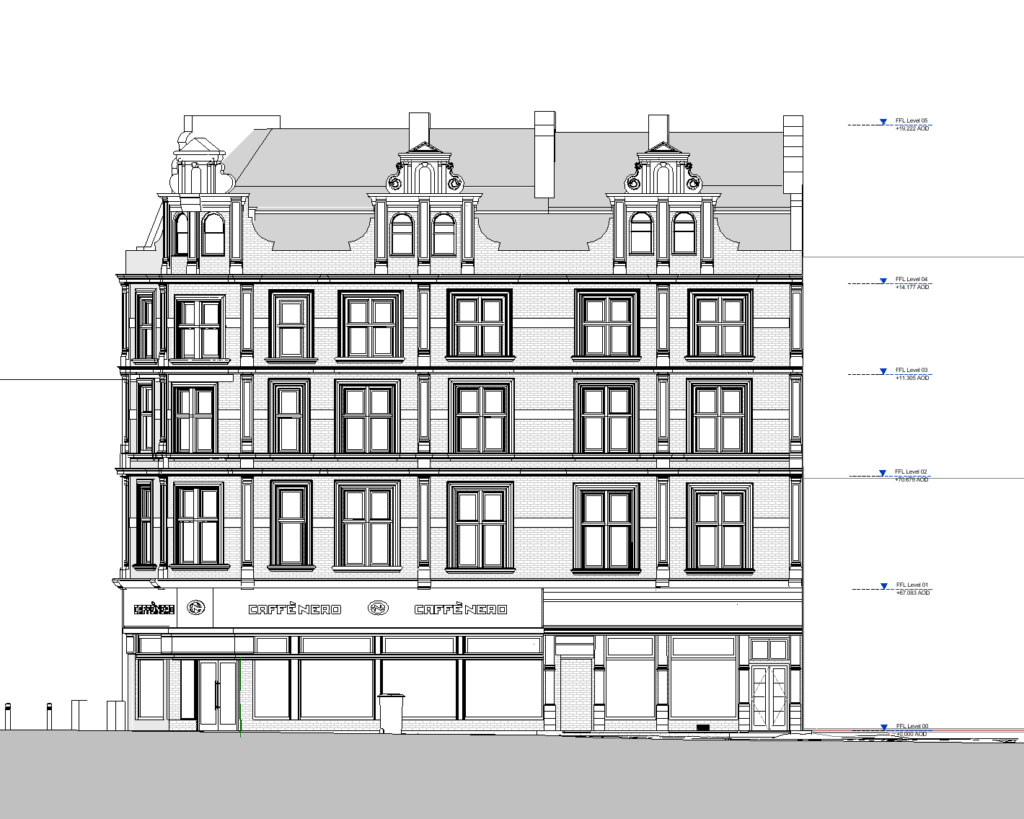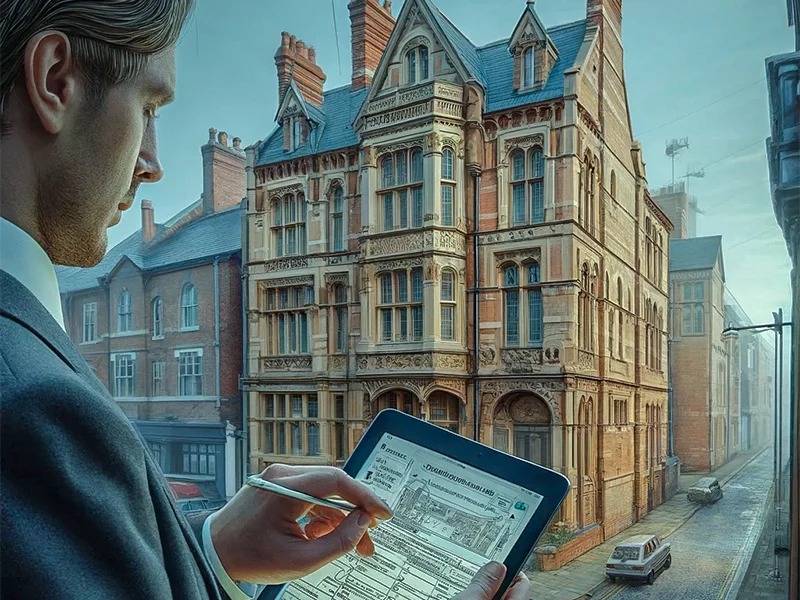
Introduction
📍 Which Type of Topographical Survey Does Your Project Need?
Choosing the right survey ensures accuracy and efficiency in planning and construction. Get expert advice from Survey2Plan today!
📞 0161 531 6641 📩 info@survey2plan.com 💬 Get a Quotation
Fast & Accurate Surveys | Trusted by Architects, Developers & Contractors
Topographic Survey
A common term for topographic surveys is “land surveys.” Simply said, these are topographical maps of a site that display everything already there, including houses, roads, trails, trees, and similar characteristics. They frequently depict the ground’s level using spot levels, heights, and contours.
Ground investigations and geotechnical surveys are better suited for examining the state of the ground than land surveys.
A building, landscaping, or civil engineering project cannot proceed without a land or topographic survey, the fundamental initial plan needed.
Without a topographic survey, an architect or engineer cannot determine how his design will fit into the site or what current features will be impacted by the proposed works. The survey aids in the planning, budgeting, and mitigating of the site’s impact by the designers.
Types of Topographic Surveys
2D Topographic Surveys
3D Topographic Surveys
Aerial Topographic Surveys (Drones)
Land surveyors increasingly use unmanned aerial vehicles, or UAVs, to cover extensive or challenging-to-access areas. These surveys benefit feasibility, boundary, and as-built assessments, where having precise site data is crucial. While height accuracy is usually +/-75mm, drones can reach sub-50mm x and y accuracy. While photogrammetry is widely used, Lidar can obtain ground-level data by penetrating vegetation. We employ both techniques, offering advice on the most effective, and both generate point clouds to extract 3D data.
LIDAR Survey for Topography
LIDAR (Light Detection and Ranging) surveys are highly valuable for projects where dense vegetation obstructs the land surface. LIDAR can penetrate tree canopies to generate detailed data on the ground beneath, making it particularly useful in forested or overgrown areas. LIDAR is often paired with drone technology for a more comprehensive aerial survey.
Ground Penetrating System (GPS)
Hydrographic Survey
A hydrographic survey maps the water’s surface beneath an object. Specialised hydrographic companies solely handle subsea projects.
Usually, a surveyor gathers observations in a small canoe or dingy, but on rare occasions, a remote-controlled boat equipped with sonar conducts a more thorough mapping project.

Techniques to Collect Survey Data
There are a variety of techniques and tools used to collect data during a topographic survey, with each suited to different types of land or project requirements:
Total Station: A total station is a highly accurate sensor that provides millimeter precision and is mainly used in ground-based surveys.
3D Laser Scanner: 3D laser scanners can be mounted on tripods, vehicles, or handheld devices. Tripod-mounted scanners are commonly used for measured building surveys, offering accuracy comparable to a total station while collecting mass data.
Drones: When combined with photogrammetry or LIDAR, UAVs provide a fast and efficient way to capture large-scale site data. These tools can deliver high levels of accuracy even in challenging terrain.
Suggested: Cost of a Topographic Survey




